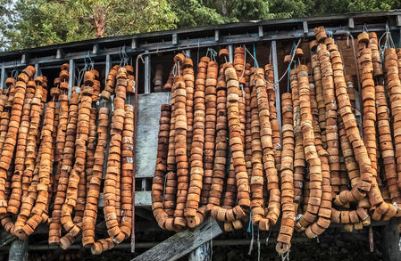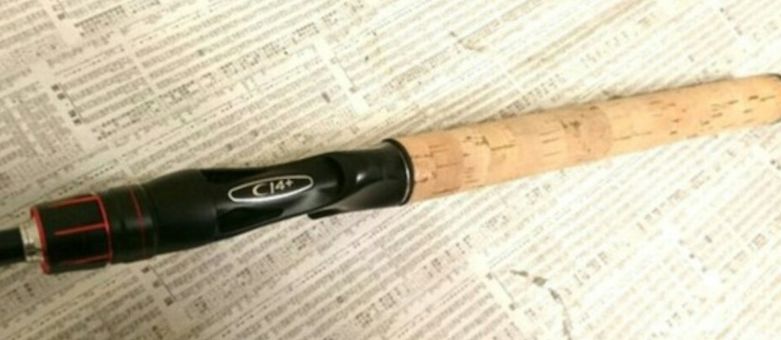Natural cork in fishing

Fishing with a floating cork is essential for coastal fishing. Floats made of natural cork, formerly mainly made of wine corks, were and are often used in fishing and fishing. While anglers use it like floats of other materials, fishermen use the cork to mark the hook’s location by dragging it around the lines surrounding the fishing nets.
Cork is mainly used here because of its buoyancy and its ability to float. Such floats, unlike the factory foam and plastic ones, are delivered with a heavy weight, so that the set with them flies to the desired point without deflecting in the wind.
The unique structure of cork cells, which are filled with air, makes natural cork lighter than water. On the Internet you can find many fishing shops offering cork floats or fishing rods with handles made of natural cork, because it is not as slippery as synthetic handles.

In many places, mainly in the Mediterranean, it is used more often than other materials due to its availability. You can also make a cork float yourself with a little time and willingness.
The DIY tutorials suggest that you drill a 3mm hole in the center of the wine cork and stuff it with a bamboo stick. Using an authorized drill and sandpaper, give the cork plug a characteristic teardrop shape, trim the stick and on the other side finish the float trimmed with a safety pin. Then wrap the tip with thread and, if necessary, paint it so that it is visible on the water. Below you can see an example video tutorial on how to do it yourself at home.
https://www.youtube.com/watch?v=JWUBnmM__cw
Cork granules, on the other hand, are sometimes used as a bait additive. This is the case, for example, in the case of carp baits. Thanks to this addition, cork balls used in fishing can pick up a typical protein ball of similar size. Since cork is a natural product and it floats very well, cork pellets are added to the groundbait mixes to produce pop-up balls or hookbaits with reduced density.
